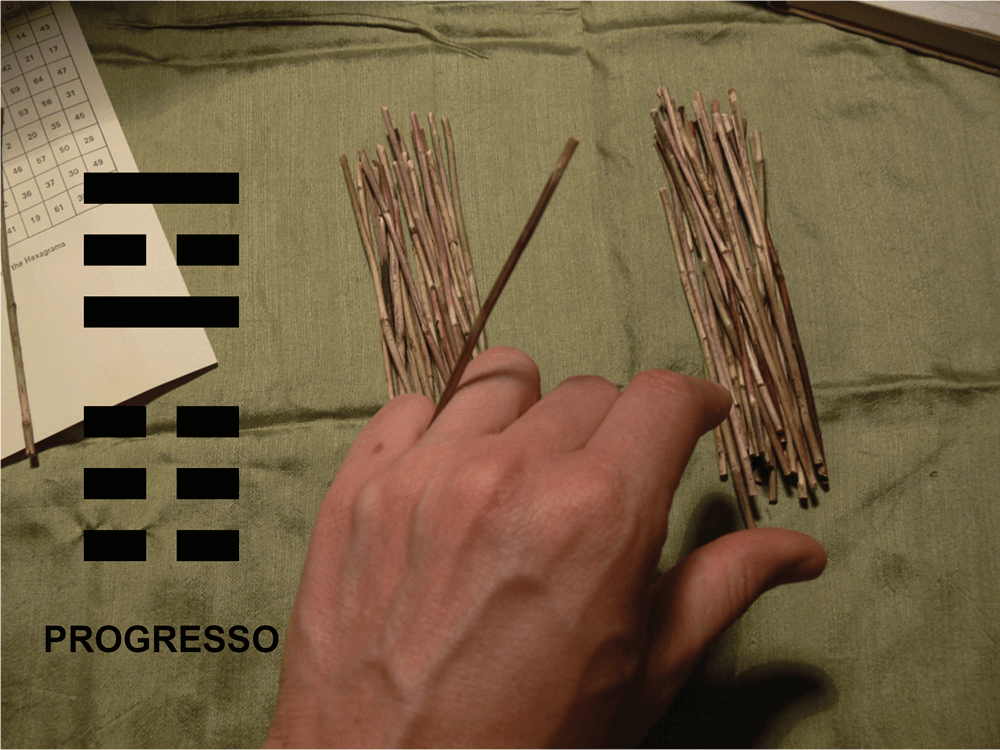Free Service:
Ask the I Ching
I Ching (or Yi Jing in the official pinyin transcript) literally means Classic Book - Jing, of the process of change - I. In other words, the book that studies the way the world changes continuously around us. The basis of the I Ching is the 64 hexagrams, sequences drawn vertically from bottom to top of solid lines (with yang characteristics) or broken lines (yin lines). Hexagrams are transversal to all Chinese metaphysics and have numerous applications, with the oracle function being the best known. The I Ching is precisely an oracle in the form of a book, that is, the prediction of the consequence of a possible action or development of a present situation, through the interpretation of hexagrams. However, hexagrams have numerous other applications, for example in feng shui, astrology, date selection, etc. The application of hexagrams to these arts is also (poetically) called “I Ching”.

The I Ching has two stories ... The mythological history and the scientifically verifiable history that has been investigated in recent years. Chinese mythology attributes the origin of hexagrams as well as most of the principles of Chinese metaphysics to Fu Xi (3000 BC), the first of the "Three Augustines" and founder of Chinese civilization. Subsequently, the legend of the genesis of this classic is closely linked to the beginning of the Chou dynasty (1143 BC), with the appearance of Chou Yi, the predecessor book of the I Ching. In an almost contemporary way, Yao Ci appeared, detailing the meaning of the lines and centuries later, Confucius and his disciples added comments to the text in the classic "As Dez Asas". From an archaeological point of view, the first existing texts (in silk) come from tombs from the beginning of the Han dynasty (200 BC), more specifically the tombs in Mawangdui near Changsha in Hunan province.
As already mentioned, the application of hexagrams is transversal to all Chinese metaphysics. Another name to remember is that of the famous philosopher Shao Yong of the Song dynasty (around 1000 AD). Shao Yong recovered the original Fu Xi sequence and transformed it into a circular arrangement. This circular sequence transcribed in the luo pans san yuan is the basis of the Feng Shui "Xuan Kong Da Gua". In terms of I Ching - oracle properly said there are two schools of interpretation. A more technical one, Hsiang Shu or image-numerology, which emphasizes the study according to the relationship between the lines, and a more artistic one, I Li, which emphasizes the interpretation of texts. A well-known facet of the image-numerology method is the oracle of the plum blossom "Plum Blossom Divination".
